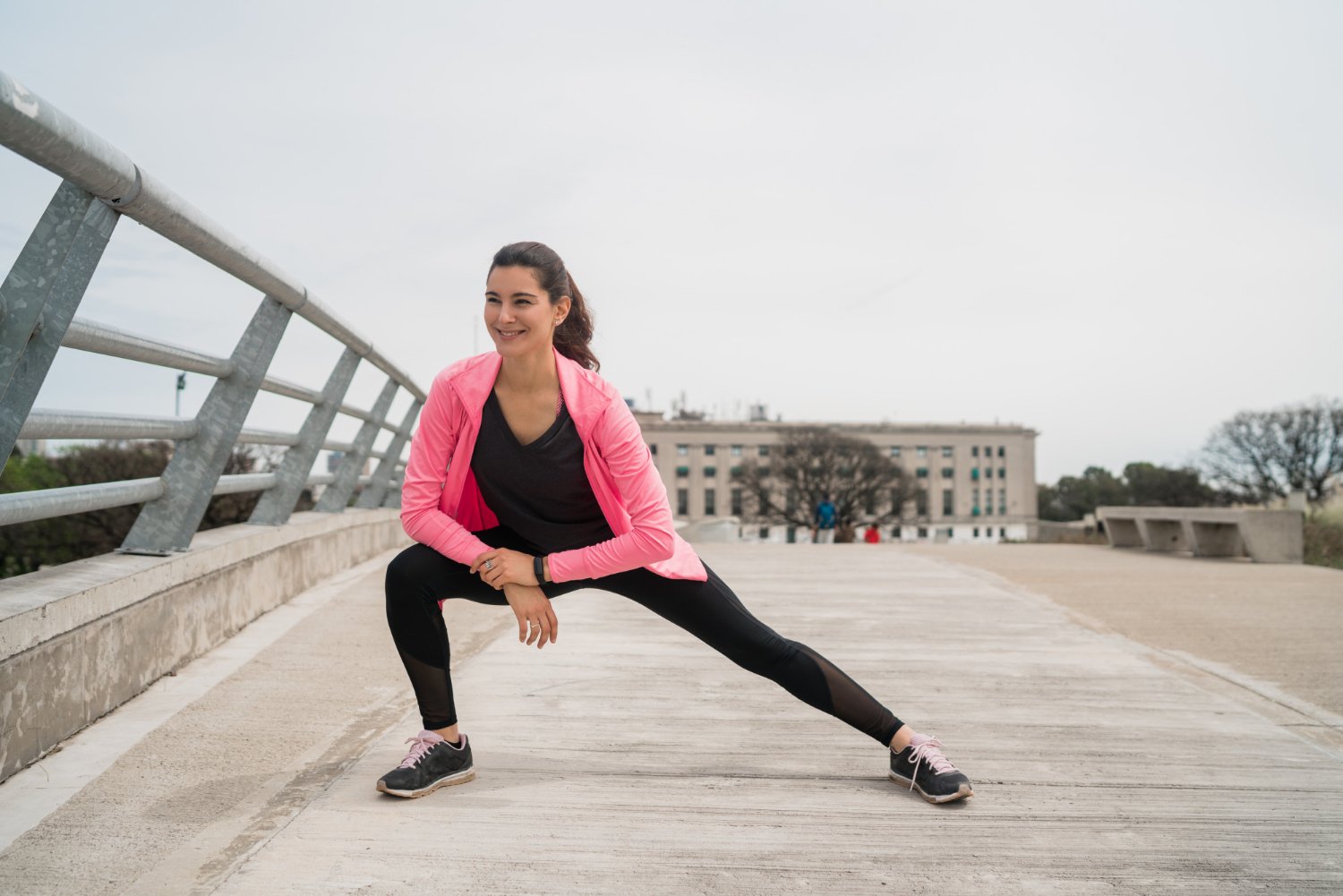Table of Contents
Living with Polycystic Ovary Syndrome (PCOS) can feel challenging, especially when it comes to managing weight and energy levels. However, with the right PCOS fitness plan, you can take control of your health. You don’t need to join a gym or buy expensive equipment; this guide focuses on home workouts with no equipment needed.
A proper PCOS fitness plan can help improve hormonal balance, reduce insulin resistance, and support weight loss. Let’s explore how you can build a simple, effective workout routine right from your home.
Why Fitness Matters for PCOS
Exercise plays a major role in managing PCOS. Regular movement helps your body respond better to insulin, supports hormone balance, and aids in reducing common symptoms like irregular periods, acne, and unwanted weight gain.
When you follow a structured PCOS fitness plan, you are more likely to see steady progress and long-term improvements in your overall well-being.
Key Elements of an Effective PCOS Fitness Plan
A balanced PCOS fitness plan should include:
- Cardio for PCOS: Helps with fat loss and improves heart health.
- Strength training for PCOS: Builds muscle, increases metabolism, and improves insulin sensitivity.
- Flexibility exercises: Improves joint movement and reduces stiffness. You can also try simple yoga poses for PCOS, which are gentle on the body and support hormonal balance naturally.
- Rest days: Gives your body time to heal and minimize inflammation
Combining these elements creates a workout plan that fits your body’s needs.
Simple Home Workout Routine (No Equipment)
Below is a complete PCOS workout routine you can follow at home. No equipment is needed. You can do this workout 4–5 days a week.
1. Warm-up (5 minutes)
- March in place – 1 minute
- Arm circles – 30 seconds
- Leg swings – 30 seconds per leg
- Shoulder rolls – 1 minute
- Side-to-side steps – 1 minute
2. Cardio for PCOS (10–15 minutes)
These simple moves raise your heart rate and help burn fat.
- Jumping jacks (or step jacks) – 30 seconds
- High knees (march if needed) – 30 seconds
- Butt kicks – 30 seconds
- Rest – 30 seconds
- Repeat the set 3 times
Regular cardio exercise for PCOS increases energy and reduces abdominal fat.
3. Strength Training for PCOS (15 minutes)
Strength training doesn’t always require weights. Bodyweight exercises are enough to start with.
- Squats – 15 reps
- Wall push-ups – 10–15 reps
- Glute bridges – 15 reps
- Standing leg lifts – 10 per leg
- Hold the plank (on your knees if necessary) – 20 to 30 seconds.
- Rest – 1 minute
- Repeat the circuit 2–3 times
Regular strength training for PCOS can help build lean muscle, which burns more calories even at rest.
PCOS Weight Loss Tips to Support Your Workout
While exercise is important, your lifestyle matters too. Here are some PCOS weight loss tips to support your fitness journey:
- Maintain Your Consistency: Even 30 minutes a day can have an impact.
- Avoid Overexercising: Too much can increase stress and worsen symptoms.
- Eat Balanced Meals: Pay attention to fiber, protein, and good fats.
- Drink Enough Water: Drink plenty of water throughout the day.
- Get Quality Sleep: Poor sleep affects hormones and slows down weight loss.
Combining these PCOS weight loss tips with a solid PCOS fitness plan can bring better results.
How to Stay Motivated with Your PCOS Workout Routine
Motivation can go up and down, especially if results take time. Here are a few easy strategies to keep on course::
- Track your workouts in a notebook or app
- Take small progress photos every 2–4 weeks
- Celebrate non-scale victories (like better energy or mood)
- Set short-term goals you can reach weekly
- Ask a family member or friend to accompany you.
Your PCOS workout routine should feel like a lifestyle, not a punishment. Choose exercises you enjoy and make small adjustments as you improve.
Customizing Your PCOS Fitness Plan
Everyone’s body is different. You can adjust your PCOS fitness plan based on your fitness level and health condition. For beginners, doing 20–30 minutes of low-impact movement 3–4 days a week is a great start.
If you feel comfortable, you can add more intensity or try online fitness videos made for women with PCOS.
Always listen to your body. If you feel pain or discomfort, pause and rest.
Final Thoughts: You Don’t Need Fancy Equipment to Get Fit
Having PCOS doesn’t mean your fitness goals are out of reach. With the right PCOS fitness plan, you can manage your symptoms, lose weight, and feel stronger, all from the comfort of your home.
This guide shows that you don’t need fancy machines or gym memberships. What you truly need is a plan, consistency, and a little patience.
Start small, stay committed, and remember that even a 20-minute home workout counts. Over time, your body and mind will thank you.
Let this be your sign to take the first step today, not next week, not next month. Today.
Recap:
- Follow a simple PCOS fitness plan at home.
- Include cardio, strength training for PCOS, and flexibility work.
- Stick to helpful PCOS weight loss tips.
- Stay consistent with your PCOS workout routine.
- No equipment? No problem, your body is enough.
FAQs
1. What is the best PCOS fitness plan for beginners?
The best PCOS fitness plan for beginners includes low-impact cardio, light strength training for PCOS, and gentle stretching. Start with 20–30 minutes a day, 3–4 times a week, and slowly increase your activity level over time.
2. Can I follow a PCOS workout routine at home?
Yes, you can easily follow a PCOS workout routine at home. Bodyweight exercises, walking, and home cardio for PCOS, like step jacks or high knees, are very effective. No equipment is needed, making it easy to stay consistent.
3. Is cardio good for PCOS weight loss?
Yes, cardio for PCOS is very helpful for weight loss. It increases heart rate, burns calories, and improves blood sugar control. As part of your PCOS fitness regimen, try doing cardio for 15 to 20 minutes three or four times a week.
4. How often should I exercise for PCOS weight loss?
For exercise for PCOS weight loss, aim for at least 4–5 days a week. For optimal results, combine strength and cardio training for PCOS. Remember to take days off to allow your body to heal.



